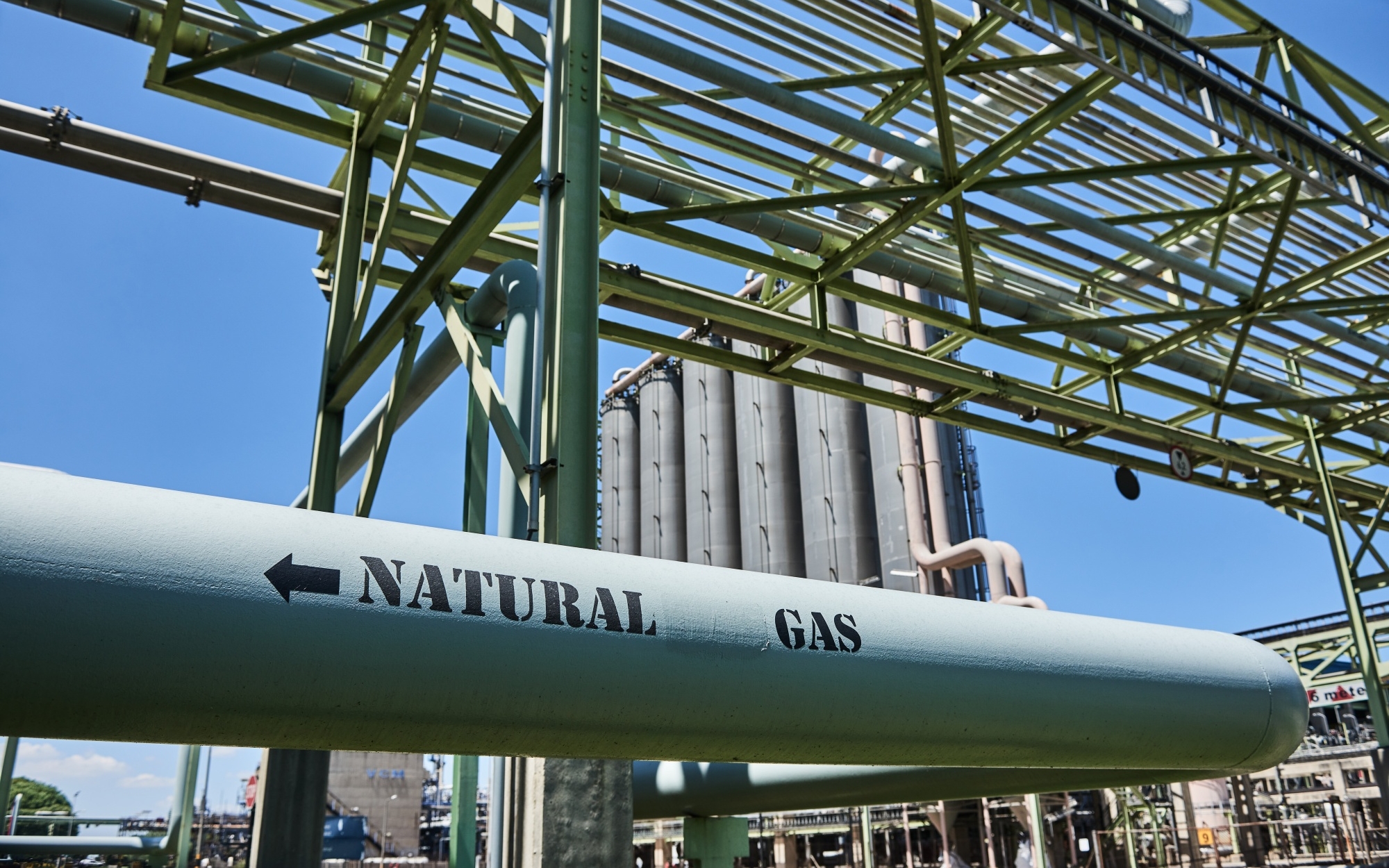Today’s News

Image Source: Bloomberg
Europe’s natural gas prices are anticipated to continue their decline into the following year due to a combination of subdued demand and substantial gas inventories, despite a recent cold spell across the continent. Analysts predict a further drop in prices, expecting them to reach around EUR 32 (USD 34.61) per megawatt hour by the end of 2024, according to Capital Economics.
The recent plunge in temperatures across parts of Europe failed to bolster prices as storage facilities retained comfortable levels following an unusually warm fall. This delayed the onset of the heating season, preserving ample gas stockpiles.
Bill Weatherburn, a commodities economist at Capital Economics, predicts, “My expectation is that the European Union will have more than sufficient gas in storage at the start of next year’s summer to rebuild ahead of next year’s winter. But a lot depends on the weather, and an unusually cold winter could still deplete storage rapidly.”
The economic research firm is projecting gas prices to hover around EUR 32 (USD 34.61) per megawatt hour by the end of the upcoming year. Currently, the European benchmark price, represented by the Dutch futures contract TTF, sits at approximately EUR 39 (USD 41.98) per megawatt hour.
Market attention typically centers around natural-gas inventories at the conclusion of the winter season, as these figures determine the necessary stock buildup for the following year. Presently, inventories stand at 93.31% capacity, as reported by the industry association Gas Infrastructure Europe. Spain and Germany boast figures of 98.61% and 93.99%, respectively, while Italy registers at 92.37% and France at 93.32%.
The tightening of energy markets began two years ago due to a rapid economic rebound post the COVID-19 pandemic, exacerbated by Russia’s reduction in gas deliveries to the EU following geopolitical tensions. Europe diversified its gas imports, relying more on countries like Norway, Algeria, and the U.S. for liquefied natural gas, while also resorting to coal and extending the lives of nuclear plants for power generation.
However, this year, “there is little concern about shortages, and while storage draws are starting to pick up pace, levels are still at seasonal highs,” remarked ING analysts Warren Patterson and Ewa Manthey. They highlighted that the “current overall inventory level compares with a five-year average of around 84%.”
Additionally, the analysts pointed out that “LNG supply from the U.S. remains healthy as demand in Asia remains soft and congestion at the Panama Canal also makes it convenient to transport gas to Europe.”
It’s worth noting that the European Commission has set a target for gas storage facilities to reach 90% of capacity by November 1st.
ING anticipates European storage to range from 45% to 50% full by the conclusion of the 2023-24 heating season, a level still regarded as quite comfortable. They also project that demand will persist at around 15% below the 2017-21 average until the end of March, with a gradual recovery expected from April onward.
In November, European industrial gas demand rebounded by 9% compared to the previous year, yet it remains 22% lower than the November average for the 2017-21 period, according to ICIS data. Similarly, demand from the power sector has been lackluster. Moody’s reports that electricity demand in major European markets remains subdued due to decreased industrial consumption and mild weather, with only a modest recovery anticipated for the upcoming year.
Commerzbank Research analysts highlight that the international scenario is contributing to the alleviation of the situation. They note that prices in the U.S., Europe’s primary LNG supplier, have dropped by 27% since the end of October. This decline is attributed to record-high U.S. gas production combined with moderate temperatures, leading to Henry Hub trading at its lowest level since the end of September.
However, despite these factors, Commerzbank analysts foresee the possibility of gas prices increasing, predicting European gas prices to reach EUR 50 per megawatt hour (USD 53.82) by mid-2024. Barbara Lambrecht, a commodity analyst at the German bank, suggests that demand could bounce back with an improving economic outlook. Additionally, Lambrecht emphasizes the potential for the LNG market to tighten swiftly, particularly if there is a surge in demand from Asia.
Gas inflows into Europe have remained relatively stable throughout this year, despite occasional disruptions in Norwegian flows due to outages. In fact, Norway’s pipeline gas exports to continental Europe and the U.K. surged to a 10-month high in November, and supplies consistently operate near capacity, as reported by S&P Global Commodity Insights. Following the curtailment of Russian pipeline exports, Norway has emerged as Europe’s largest gas supplier.
Market observers express confidence that ample inventories and subdued demand should prevent a recurrence of last year’s energy crisis. However, uncertainties persist regarding the amount of gas the region will consume and retain for the summer, as well as the severity of the winter season.
Analysts caution that risks of a tighter market and escalating prices remain, with weather conditions playing a pivotal role in determining natural-gas prices and market patterns.
Giovanni Staunovo from UBS underscores, “Important factors to watch out for are how cold or mild the winter will be, particularly following the cold start to the season.” Moreover, he notes that compared to last year when individuals reduced energy consumption due to concerns about shortages, lower current prices might lead to reduced conservativeness in energy usage this winter, potentially causing faster depletion of inventories compared to the previous year.
Europe’s dependence on LNG imports also exposes the region to other risk factors, such as potential disruptions in export routes due to tensions in the Middle East and unforeseen outages at U.S. export facilities, caution industry experts.
Other News
KPMG Eyes Merger For U.K. And Swiss Businesses
Accounting giant KPMG is considering merging its U.K. and Swiss operations to drive growth and profitability, signaling potential benefits for clients and partners, as reported by the Financial Times.
Switzerland Charges Trafigura Over Angola Bribery
Swiss prosecutors accuse ex-Trafigura COO Mike Wainwright of funneling millions in bribes to Angolan officials for preferential treatment. The case reveals corruption in commodity markets, with Trafigura facing allegations of profiting USD 144 million from these deals.
Bank of Mexico Affirms Financial Resilience
Bank of Mexico assures robust banking amid global complexities, citing stress test results. Considering an interest rate cut in 2024 if inflation falls, Banxico flags risks from global economic slowdowns, ratings downgrades, and cyber threats.



